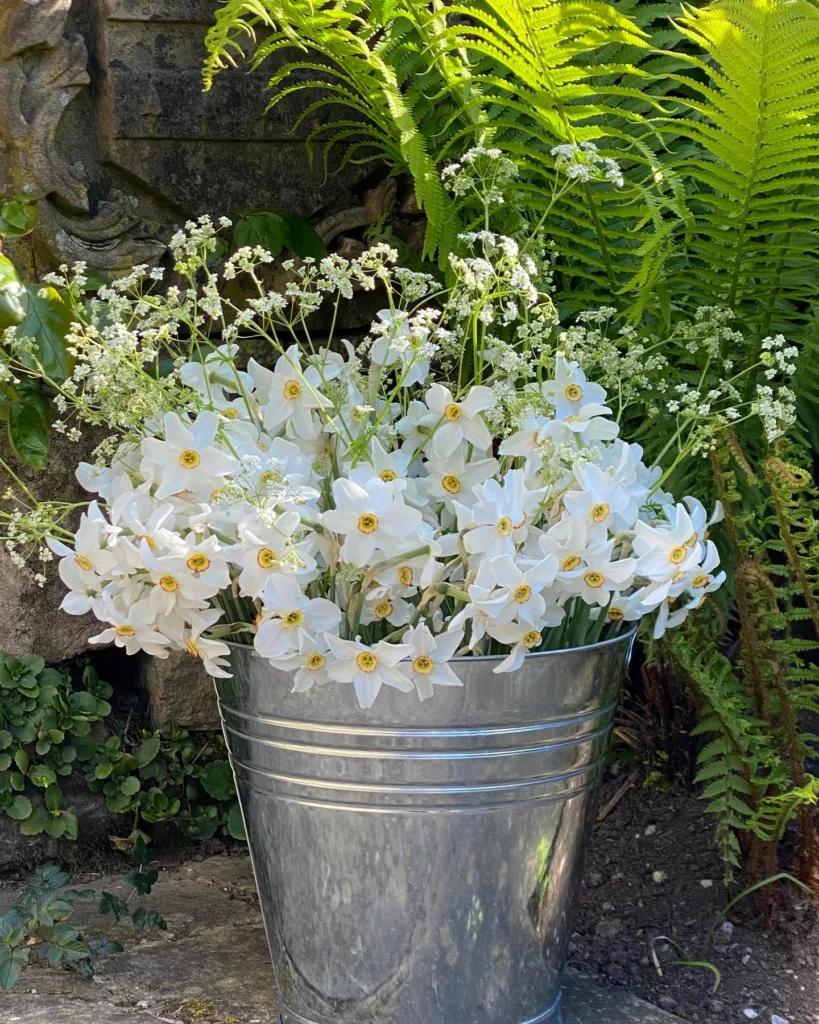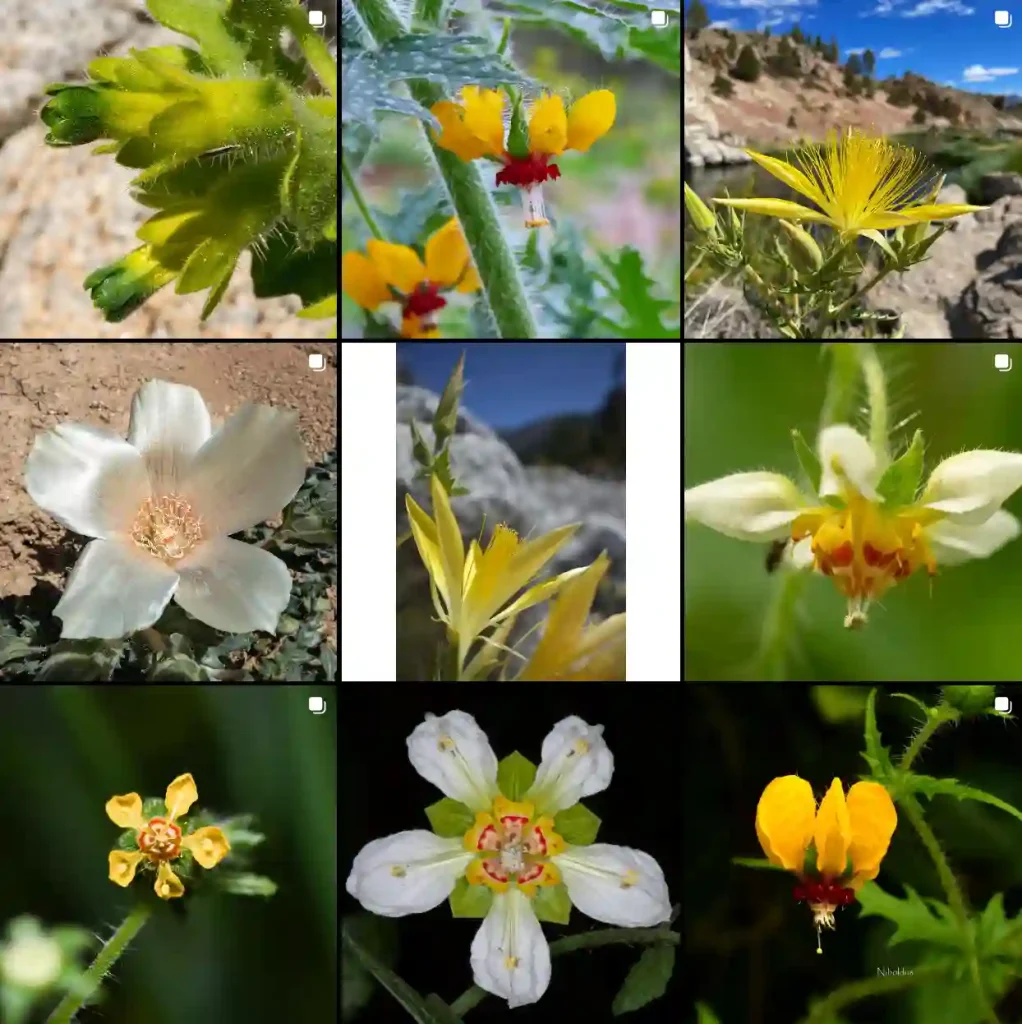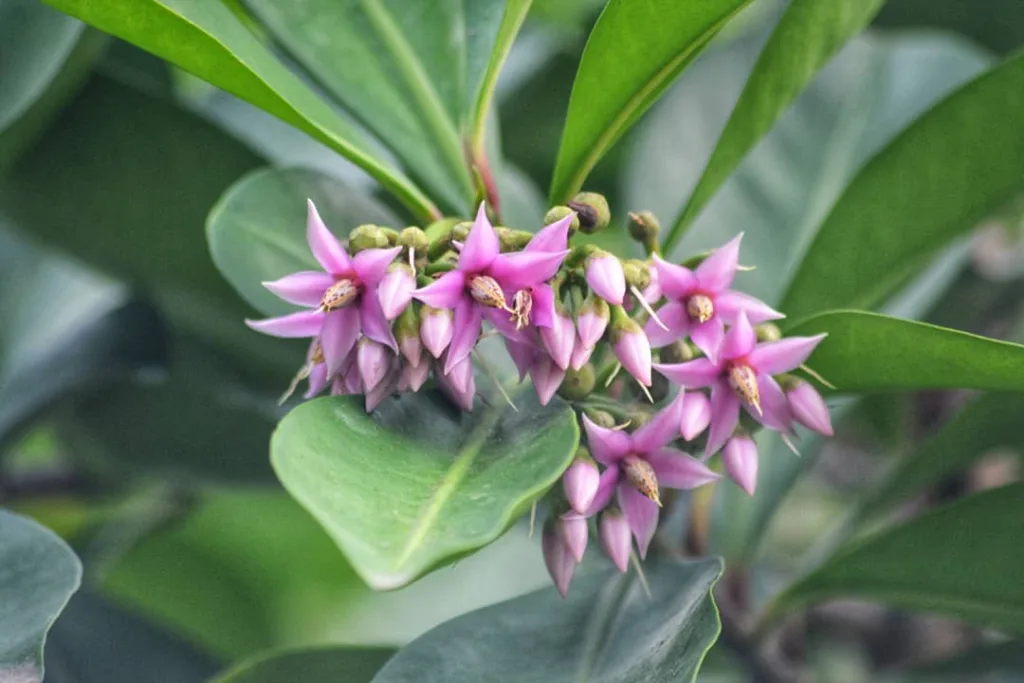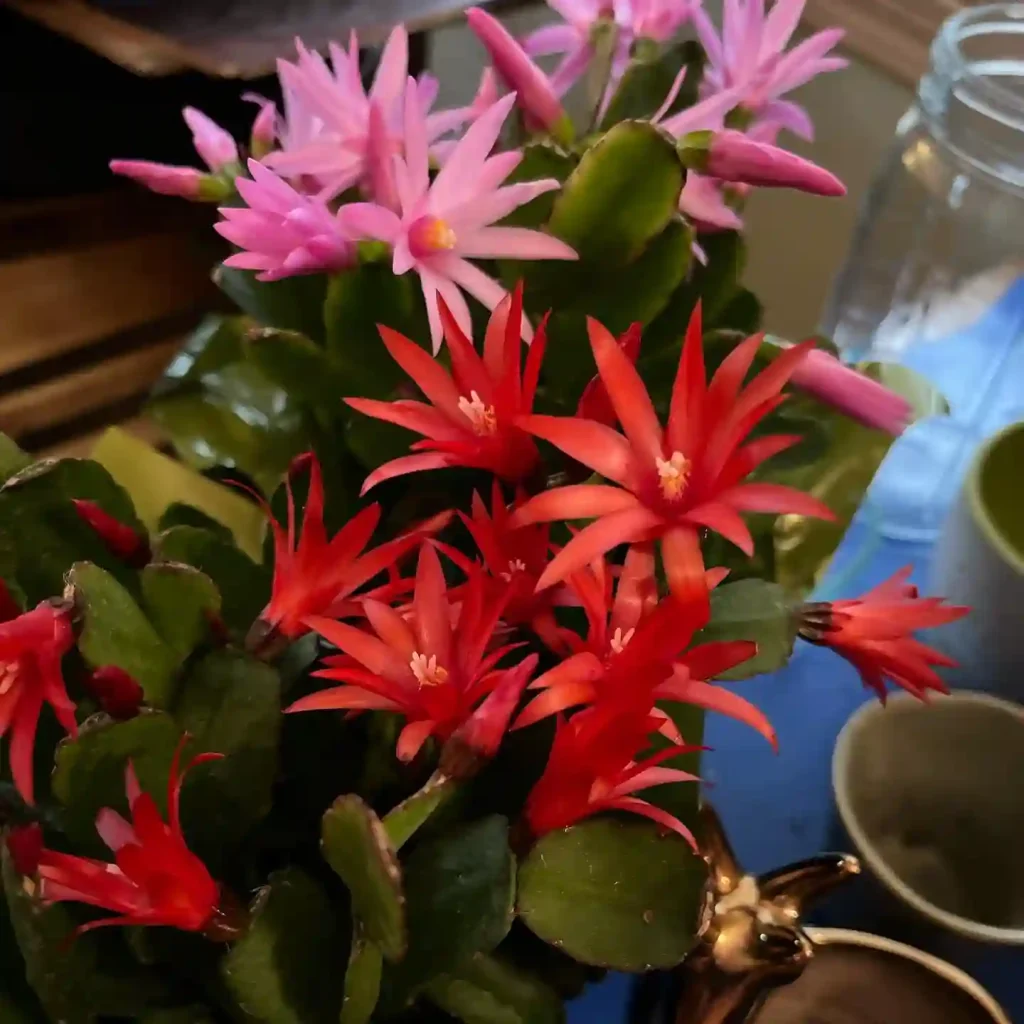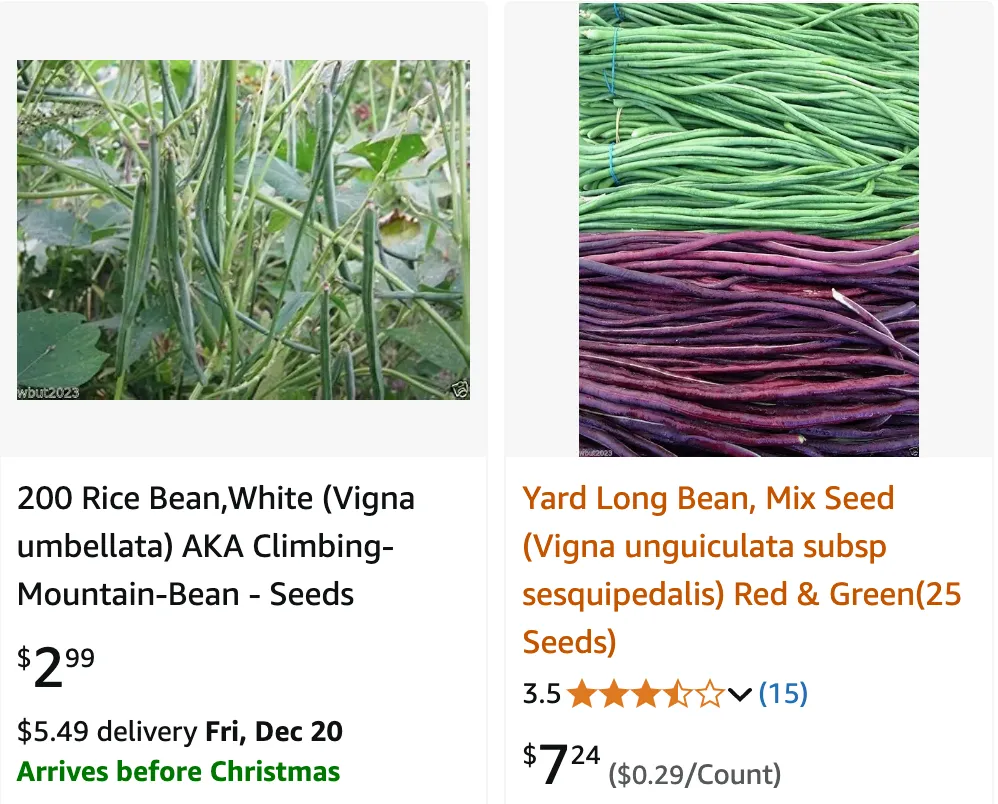
July 12 – Vigna
"Vigna, the vigorous bean, represents July 12."
Vigna symbolizes resourcefulness and growth. You are adaptable and full of potential, turning challenges into opportunities. Like its climbing vines, you aim high and achieve great things.
Vigna: A World of Beans
My name is Ferb Vu, and I’m fascinated by the diversity of the plant world. Today, I want to share my enthusiasm for a particular genus that has captured my attention: Vigna. This group of plants, belonging to the legume family, Fabaceae, boasts a remarkable variety of species, many of which play crucial roles in cuisines across the globe.
What is Vigna?
Vigna is a genus of flowering plants with a “pantropical” distribution, meaning they are found in tropical regions worldwide. They are herbaceous plants, sometimes growing as subshrubs, characterized by their trifoliate leaves (leaves with three leaflets) and their inflorescences, which are clusters of flowers that can be yellow, blue, or purple. The fruit of Vigna plants is a pod, technically known as a legume, containing the seeds that we often refer to as beans.
A Diverse Group
The Vigna genus encompasses a wide array of species, some of which you might already be familiar with:
- Vigna aconitifolia (Jacq.) Maréchal
- Vigna ambacensis Welw. ex Baker
- Vigna angivensis Baker
- Vigna angularis (Willd.) Ohwi & H.Ohashi
- Vigna antunesii Harms
- Vigna bequaertii R.Wilczek
- Vigna bosseri Du Puy & Labat
- Vigna bourneae Gamble
- Vigna clarkei Prain
- Vigna comosa Baker
- Vigna dalzelliana (Kuntze) Verdc.
- Vigna debanensis Martelli
- Vigna dolomitica R.Wilczek
- Vigna exilis Tateishi & Maxted
- Vigna filicaulis Hepper
- Vigna fischeri Harms
- Vigna friesiorum Harms
- Vigna frutescens A.Rich.
- Vigna gazensis Baker f.
- Vigna glabrescens Maréchal, Mascherpa & Stainier
- Vigna gracilicaulis (Ohwi) Ohwi & H.Ohashi
- Vigna gracilis (Guill. & Perr.) Hook.f.
- Vigna grandiflora (Prain) Tateishi & Maxted
- Vigna hainiana Babu, Gopin. & S.K.Sharma
- Vigna halophila (Piper) Maréchal, Mascherpa & Stainier
- Vigna haumaniana R.Wilczek
- Vigna heterophylla A.Rich.
- Vigna hirtella Ridl.
- Vigna hosei (Craib) Backer
- Vigna indica T.M.Dixit, K.V.Bhat & S.R.Yadav
- Vigna jaegeri Harms
- Vigna juncea Milne-Redh.
- Vigna juruana (Harms) Verdc.
- Vigna keraudrenii Du Puy & Labat
- Vigna khandalensis (Santapau) Sundararagh. & Wadhwa
- Vigna kirkii (Baker) J.B.Gillett
- Vigna kokii B.J.Pienaar
- Vigna konkanensis Latha, K.V.Bhat, I.S.Bisht, Scariah, K.J.John & Krishnaraj
- Vigna lanceolata Benth.
- Vigna lasiocarpa (Mart. ex Benth.) Verdc.
- Vigna laurentii De Wild.
- Vigna lobatifolia Baker
- Vigna lonchophylla Piper
- Vigna longifolia (Benth.) Verdc.
- Vigna longissima Hutch.
- Vigna luteola (Jacq.) Benth.
- Vigna malayana M.R.Hend.
- Vigna marina (Burm.) Merr.
- Vigna membranacea A.Rich.
- Vigna mendesii Torre
- Vigna microsperma R.Vig.
- Vigna mildbraedii Harms
- Vigna minima (Roxb.) Ohwi & H.Ohashi
- Vigna monantha Thulin
- Vigna monophylla Taub.
- Vigna mudenia B.J.Pienaar
- Vigna mukerjeeanus (Babu ex Raizada) Raizada
- Vigna multinervis Hutch. & Dalziel
- Vigna mungo (L.) Hepper Plant FAQs: Phaseolus Mungo synonym Vigna Mungo – Black Gram
- Vigna myrtifolia Piper
- Vigna nepalensis Tateishi & Maxted
- Vigna nervosa Markötter
- Vigna nigritia Hook.f.
- Vigna nuda N.E.Br.
- Vigna nyangensis Mithen
- Vigna oblongifolia A.Rich.
- Vigna owahuensis Vogel
- Vigna pandeyana Gore, S.P.Gaikwad & Randive
- Vigna parkeri Baker
- Vigna phoenix Brummitt
- Vigna platyloba Welw. ex Hiern
- Vigna procera Welw. ex Hiern
- Vigna pseudovenulosa (Maréchal, Mascherpa & Stainier) Pasquet & Maesen
- Vigna pubigera Baker
- Vigna pygmaea R.E.Fr.
- Vigna racemosa (G.Don) Hutch. & Dalziel ex Baker f.
- Vigna radiata (L.) R.Wilczek
- Vigna radicans Welw. ex Baker
- Vigna ramanniana Rossbach
- Vigna reflexopilosa Hayata
- Vigna reticulata Hook.f.
- Vigna richardsiae Verdc.
- Vigna sahyadriana Aitawade, K.V.Bhat & S.R.Yadav
- Vigna sathishiana Balan & Predeep
- Vigna schimperi Baker
- Vigna schlechteri Harms
- Vigna somaliensis Baker f.
- Vigna stenophylla Harms
- Vigna stipulacea (Lam.) Kuntze
- Vigna suberecta Benth.
- Vigna subramaniana (Babu ex Raizada) Raizada
- Vigna subterranea (L.) Verdc.
- Vigna tenuicaulis N.Tomooka & Maxted
- Vigna tisserantiana Pellegr.
- Vigna trichocarpa (C.Wright) A.Delgado
- Vigna trilobata (L.) Verdc.
- Vigna triodiophila A.E.Holland & R.Butcher
- Vigna triphylla (R.Wilczek) Verdc.
- Vigna truxillensis (Kunth) N.Zamora
- Vigna umbellata (Thunb.) Ohwi & H.Ohashi
- Vigna unguiculata (L.) Walp.
- Vigna venulosa Baker
- Vigna verdcourtii Pasquet
- Vigna vexillata (L.) A.Rich.
- Vigna wittei Baker f.
- Vigna yadavii S.P.Gaikwad, Gore, Randive & Garad
Importance of Vigna
Vigna species are essential crops in many parts of the world, providing a valuable source of protein and other nutrients. They are particularly important in developing countries, where they contribute significantly to food security. In addition to their nutritional value, Vigna plants also play a role in improving soil fertility through nitrogen fixation. They have a symbiotic relationship with bacteria that live in their roots, converting atmospheric nitrogen into a form that plants can use.
Culinary Uses
The culinary applications of Vigna beans are incredibly diverse. They can be boiled, fried, roasted, or ground into flour. They are used in soups, stews, salads, desserts, and even beverages. In many cultures, Vigna beans are not just a source of sustenance but also hold cultural significance, often featuring in traditional dishes and ceremonies.
Looking Ahead
As the global population continues to grow, the importance of sustainable and nutritious food sources like Vigna will only increase. Researchers are continually working to improve the yield and resilience of Vigna crops, developing varieties that are resistant to pests, diseases, and harsh environmental conditions.
The future of Vigna is promising. With its versatility, nutritional value, and adaptability, this genus has the potential to play an even greater role in feeding the world and contributing to a more sustainable future.
If i die, water my plants!
